Nucleic acids are chemical compounds of great biological importance; all living organisms contain nucleic acids in the form of DNA and RNA (deoxyribonucleic acid and ribonucleic acid respectively). Nucleic acids are very important molecules because they exert primary control over the fundamental life processes in all organisms.
Everything suggests that nucleic acids have played an identical role since the first forms of primitive life that were able to survive (such as bacteria).
In the cells of living organisms, DNA is mainly present in chromosomes (in dividing cells) and in chromatin (in intercynetic cells).
It is also present outside the nucleus (in particular in the mitochondria and plastids, where it performs its function as an information center for the synthesis of part or all of the organelle).
RNA, on the other hand, is present both in the nucleus and in the cytoplasm: in the nucleus it is more concentrated in the nucleolus; in the cytoplasm it is more concentrated in the polysomes.
The chemical structure of nucleic acids is quite complex; they are formed by nucleotides, each of which (as we have seen) is formed by three components: carbon hydrate (pentose), nitrogen base (purine or pyrimidine) and phosphoric acid.
Nucleic acids are therefore long polynucleotides, resulting from the concatenation of units called nucleotides. The difference between DNA and RNA lies in the pentose and the base. There are two types of pentose, one for each type of nucleic acid:
1) Ribose in the RNA;
2) Dessosiribose in DNA.
Also with regard to the bases we must repeat the distinction; pyrimidine bases include:
1) Cytosine;
2) Thymine, present only in DNA;
3) Uracil, present only in the RNA.
The purine bases, on the other hand, consist of:
1) Adenine
2) Guanine.
In summary, in the DNA we find: Cytosine - Adenine - Guanine - Thymine (C-A-G-T); while in the RNA we have: Cytosine - Adenine - Guanine - Uracil (C-A-G-U).
All nucleic acids have the polynucleotide linear chain structure; the specificity of the information is given by the different sequence of the bases.
DNA structure
The nucleotides of the DNA chain are linked with an ester bond between phosphoric acid and pentose; the acid is bound to carbon 3 of the nucleotide pentose and to carbon 5 of the next; in these bonds it uses two of its three acid groups; the remaining acid group gives the molecule its acidic character and allows it to form bonds with basic proteins .
DNA has a double helix structure: two complementary chains, one of which "goes down" and the "other" goes up. "To this arrangement corresponds the concept of" antiparallel "chains, that is, parallel but with opposite directions. Starting from one side, one of the chains begins with a bond between phosphoric acid and carbon 5 of the pentose and ends with a free carbon 3; while the direction of the complementary chain is opposite. We also see that the hydrogen bonds between these two chains occur only between a purine base and a pyrimidine and vice versa, ie between Adenine and Thymine and between Cytosine and Guanine, and vice versa; there are two hydrogen bonds in the AT pair, while in the GC pair there are three bonds.This means that the second pair has greater stability.
DNA reduplication
As already mentioned with regard to the intercynetic nucleus, DNA can be in the "autosynthetic" and "allosynthetic" phases, that is, respectively engaged in synthesizing pairs of itself (self-synthesis) or an "other substance (RNA: allosynthesis). in this regard it is divided into three phases, called G1, S, G2. In phase G1 (in which G can be taken as the initial growth) the cell synthesizes, under the control of nuclear DNA, all that is needed for its metabolism. In phase S (where S stands for synthesis, i.e. synthesis of new nuclear DNA) DNA reduplication takes place. In phase G2 the cell resumes growth, preparing for the next division.
LET'S BRIEFLY SEE THE PHENOMENA THAT TAKE PLACE IN PHASE S
First of all we can represent the two antiparallel chains as if they were already "despiralized". Starting from one extreme the bonds between base pairs (A - T and G - C) are broken, and the two complementary chains move apart (the comparison of the opening of a "flash" is suitable). At this point an enzyme (DNA-polymerase) "flows" along each single chain, favoring the formation of bonds between the nucleotides that compose it and new nucleotides (previously "activated" with energy released by the "ATP) prevalent in the karyoplasm. A new timína is necessarily linked to each adenine, and so on, gradually forming a new double chain from each single chain.
The DNA-polymerase seems to act in vivo indifferently on the two chains, whatever the "direction" (from 3 to 5 or vice versa). In this way, when all the original double DNA chain has been covered, two double chains, exactly the same as the original. The term that defines this phenomenon is "semiconservative reduplication", where "reduplication" concentrates the meanings of quantitative doubling and exact copy, while "semiconservative" recalls the fact that, for each new double chain of DNA, only one chain is neo-intetic.
DNA contains genetic information, which it transmits to RNA; the latter in turn transmits it to proteins, thus regulating the metabolic functions of the cell. Consequently, the entire metabolism is directly or indirectly under the control of the nucleus.
The genetic heritage that we find in DNA is destined to give specific proteins to the cell.
If we take them in pairs, the four bases will give 16 possible combinations, that is 16 letters, not enough for all amino acids. If instead we take them in triplets, there will be 64 combinations, which may seem too many, but which, in reality, are all in use as science has discovered that different amino acids are encoded by more than one triplet. We have, therefore, the translation from the 4 letters of the nitrogenous bases of the nucleotides to the 21 of the amino acids; however, before the "translation", c "is the" transcription ", still within the" four-letter "context, that is the passage of the genetic information from the 4 letters of the DNA to the 4 letters of the RNA, taking into account that, instead of the shy (DNA), c "is" uracil (RNA).
The transcription process occurs when, in the presence of ribonucleotides, enzymes (RNA-polymerase) and energy contained in the ATP molecules, the DNA chain opens and RNA is synthesized, which is a faithful reproduction of the genetic information. contained in that stretch of open chain.
There are three main types of RNA and they all originate from nuclear DNA:
- RNAm (messenger)
- RNAr (ribosomal)
- RNAt or RNAs (transfer or soluble)

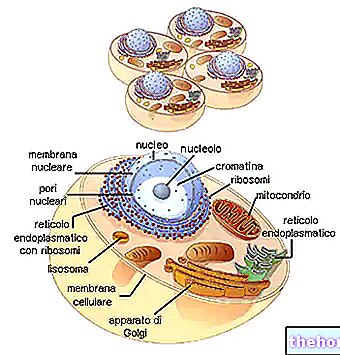
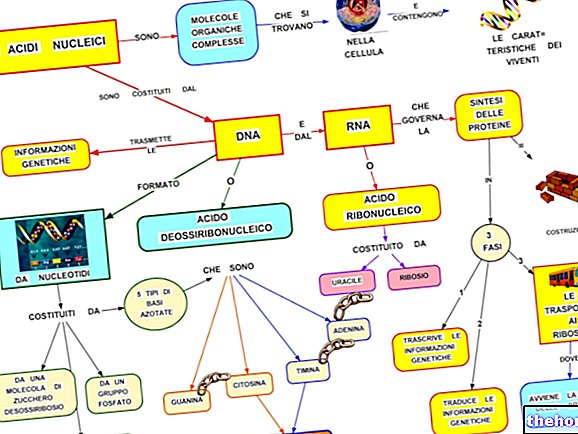
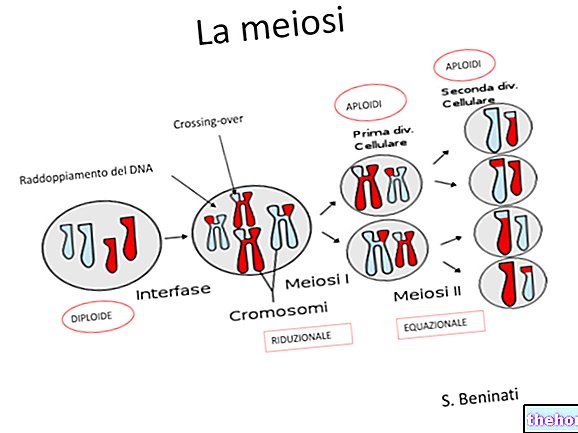

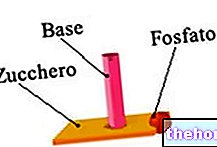
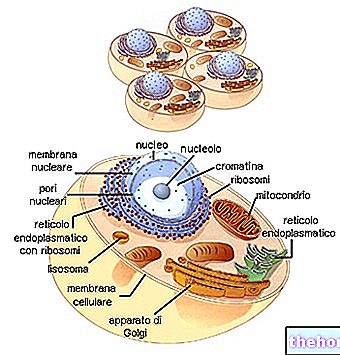


.jpg)


















